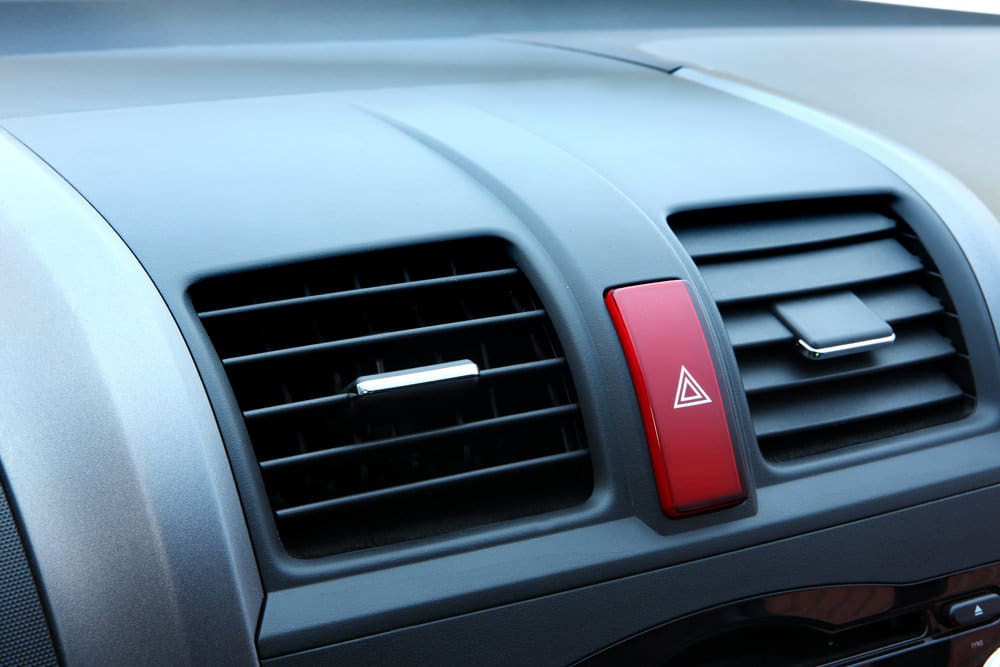

Your car is equipped with a number of different lights. Depending on the light in question, they serve purposes ranging from visibility to directionality to safety to convenience. Where do your hazard lights fit into that? Actually, it’s a bit more complicated than you might think, and there’s a chance that you’re using yours wrong.
Your hazard lights
Activating your hazard lights is generally straightforward. For most modern vehicles, you simply push the button on the dash or steering column (it’s marked with a red triangle). In others, there might be a switch you have to pull (usually in older vehicles). Turning your hazards on makes all four turn signals flash at the same time – a sign that there’s a hazard or something wrong.
When to use hazard lights
The real question about how to use hazard lights is more about when to use hazard lights. When should you use them? Oddly enough, the rules for hazard light use vary greatly from one state to another. Common across all states, though, is that you should use your hazards when your car is stationary on a highway outside of a lighted urban area. It’s about ensuring your vehicle is visible to oncoming cars.
Some states also allow you to turn on your hazard lights during inclement weather to increase visibility – snow, very heavy rain, etc. However, doing so might actually decrease your safety because in many cars, using the hazard lights disables your turn signals (they’re being used as flashers, and they don’t work when you attempt turn). Some states don’t let you use your hazards during inclement weather.
Other states mandate that you have your hazards on if you’re on the side of the road changing a flat tire (not all states do, though), and yet others state that it’s permissible to have your hazards on if your vehicle is being towed (a wise idea).
There are a handful of states that do not allow you to drive with your hazards on for any reason whatsoever. In the following states, you must be stationary to use your hazard lights:
- Alaska
- Colorado (over 25 MPH)
- Florida
- Hawaii
- Illinois
- Kansas
- Louisiana
- Massachusetts
- Nevada
- New Jersey
- New Mexico
- Rhode Island
Other states in the nation allow you to drive with your hazards on in all or most cases, or only in emergency or hazard situations. The best advice is to check with your state’s DMV or DOT to determine what laws apply to you.



